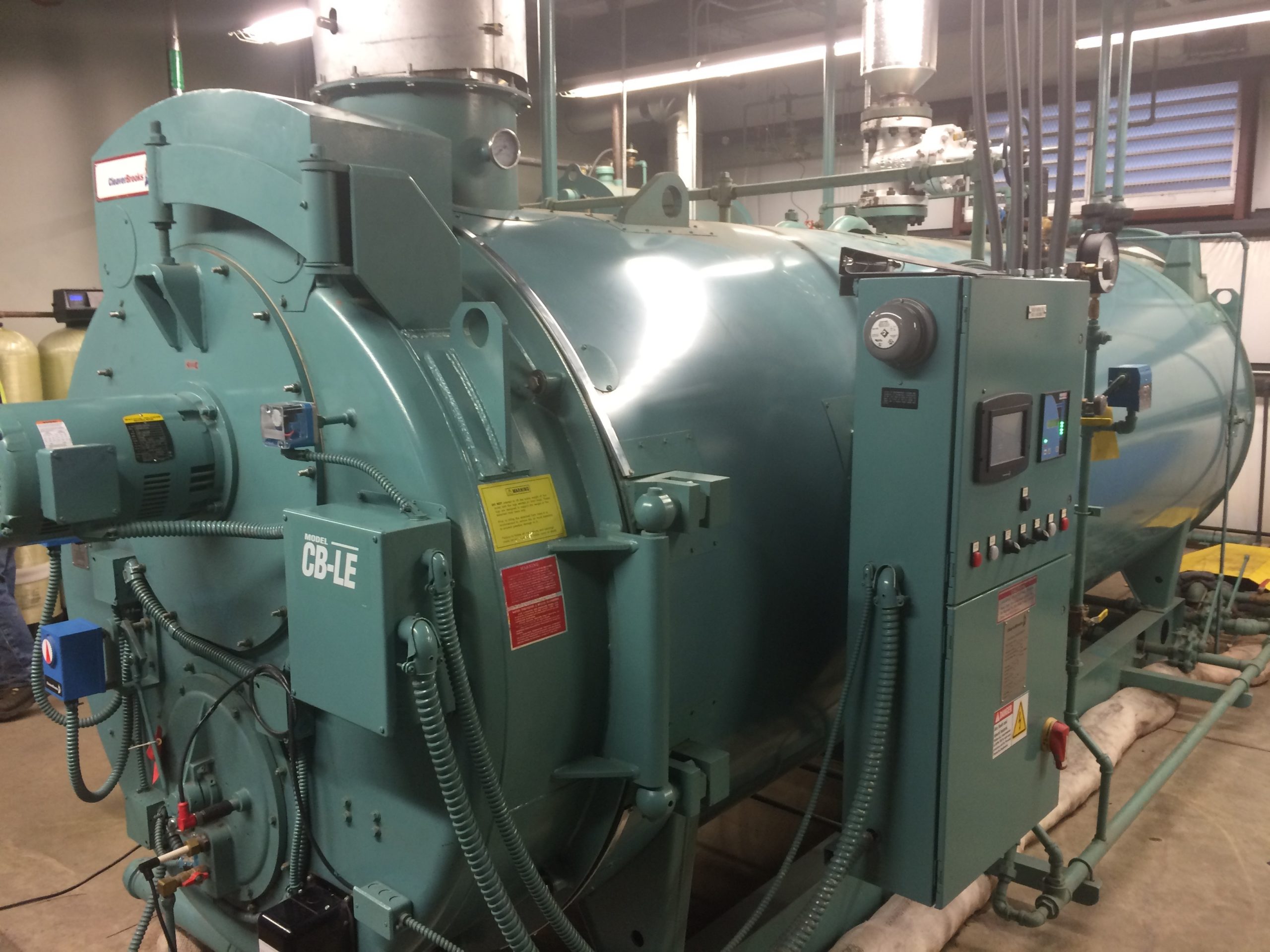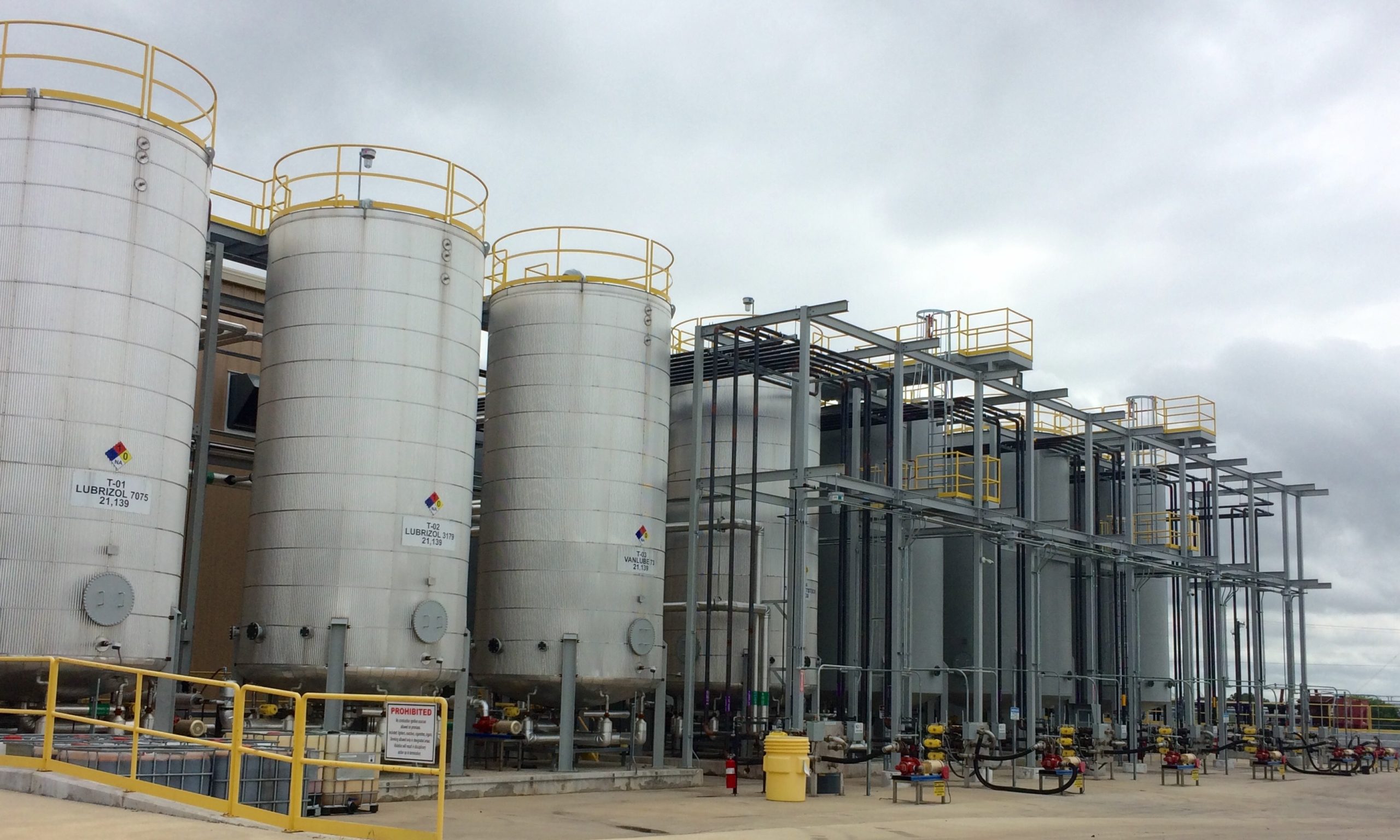FORT WORTH, Texas – Grease manufacturer Texas Refinery Corp. will hold the grand opening ceremony for its new production facility in Mansfield, Texas, this week.
On Sept. 9, ninety-four years to the day of the Fort Worth-based firms 1922 launch, TRC will celebrate the official commencement of its revamped grease, lubricants and specialty chemicals manufacturing base some 20 miles from its headquarters.
During a tour of the companys campus,President and CEO Chris Pate told Lube Report that after operating in a facility that the company had been expanding by piecemeal for nearly 70 years, TRC had been eager to move all of its production to a larger, more modern complex for some time. We decided that we had been driving a [Ford] Model T for long enough, the great-grandson of TRCs co-founder said. It was time to switch to a Lamborghini.
Design of the new plant, done by a firm called Systems Integration Inc., began nearly 10 years ago, Executive Vice President Dennis Parks explained. Construction of the plant took around four years and was difficult at times as the company navigated regulatory procedures. Its very challenging to build a grease manufacturing plant from the ground up, he said, noting that a lot of new or expanding grease firms buy or modify existing plants that have grandfathered-in compliance to safety and environment protocols.
The site has 29 storage tanks – seven of which are steam-heated – for a total feedstock capacity of around 1 million gallons. The site makes use of a programmable logic controller system, which automates loading of feedstocks through a network of over 400 air-actuated valves and six miles of intertwined piping. The new software system provides better inventory control, and it speeds up processing, said Parks. All the air actuators are controlled by the PLC, so theres no need for 20 people all having to communicate to one another on walkie-talkies.

Photo: Texas Refinery Corp.
Of the five lubricant blending tanks, four are 1,250 gallons, while one 225-gallon tank is reserved for smaller specialties. Four large grease kettles have capacity to blend 18,000 pounds at a time.
The site also houses 1,500-gallon tanks for specialty chemicals, surfactants and sealants. A food machinery grease blending unit is sectioned off in a sealed and air-scrubbed room.
TRC has around 65,000 square feet of storage space at the site, including a dozen 1,200-gallon tanks and two 10,000-square foot warehouses reserved for bulk containers and hazardous materials.
High-tech safety features abound at the site, Parks demonstrated, pointing out a natural gas generator reserved for alarms and sprinkler systems; automatic foam-actuated firefighting controls; store rooms with special ventilation ducts; gas-based extinguishers in electrical rooms; fire-resistant walls; and more. The factory was designed to be as harmonious with the environment as possible, with features such as exhaust pipes that capture impurities and filter out clean air and a spill-containment and wastewater treatment area.
TRC has made over 3,000 products, often as unique custom formulations. While grease is the companys forte – with the 880 Crown & Chassis extreme pressure grease and Paragon 3000 being its two flagship and best-selling products – the company also makes lubricants, gear oils, hydraulic fluids and more. TRC also produces specialty chemicals such as cleaners, tire sealants and surfactants, with the latter being one of its fastest-growing product segments according to Parks.
Its products are sold by a sales force numbering in the 500s throughout the U.S., Canada and Mexico, and its distribution hubs are served by a dozen fully stocked warehouses across the continent.
The network is connected by commercial carriers picking up products nonstop. We deliver by freight line, usually in truckload quantities, which provides good reach and flexibility, Parks said. If we get an order today, it is usually on the road tomorrow, so its not surprising for customers to receive an order in two days or even on the same day in some cases.

Photo: Joe Beeton/Lube Report